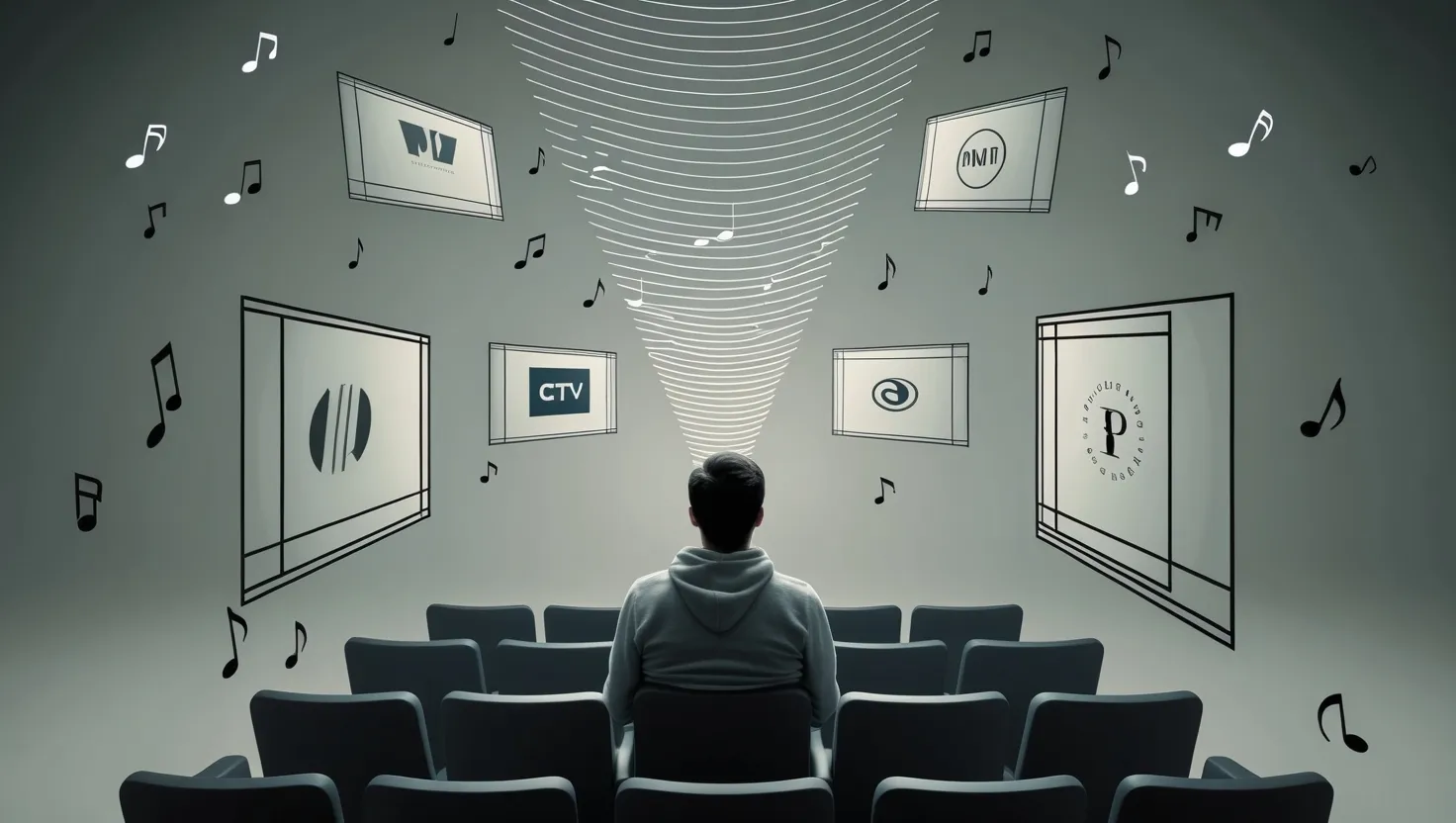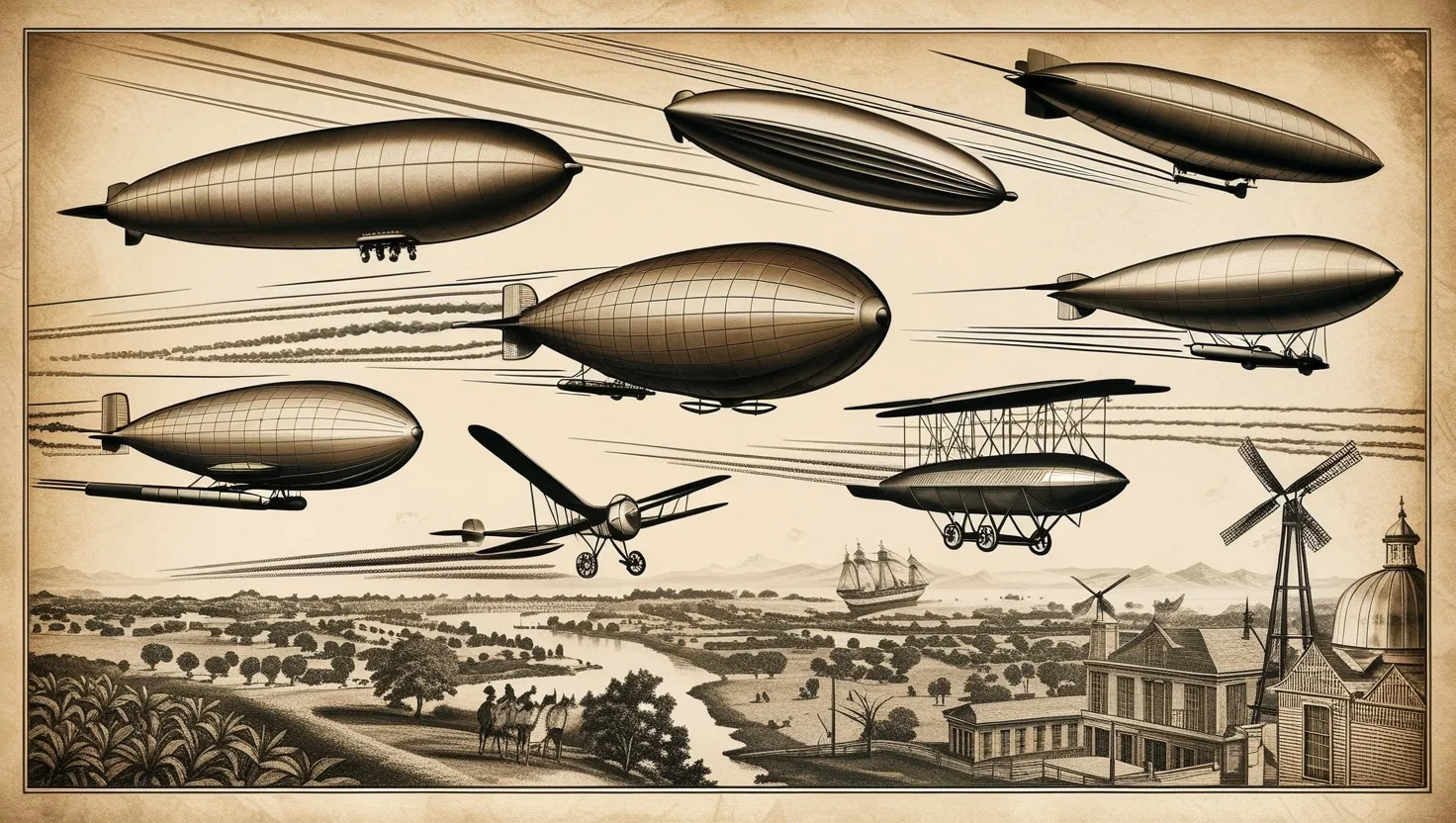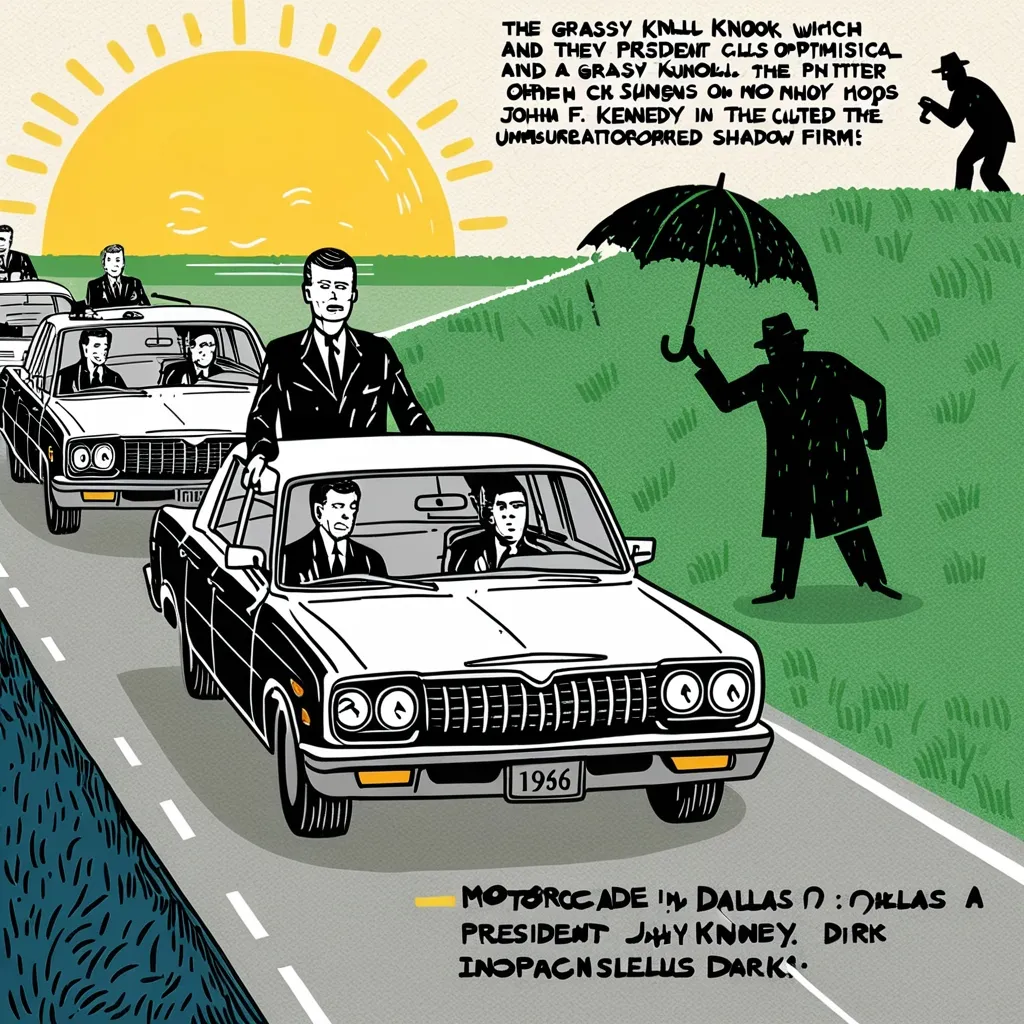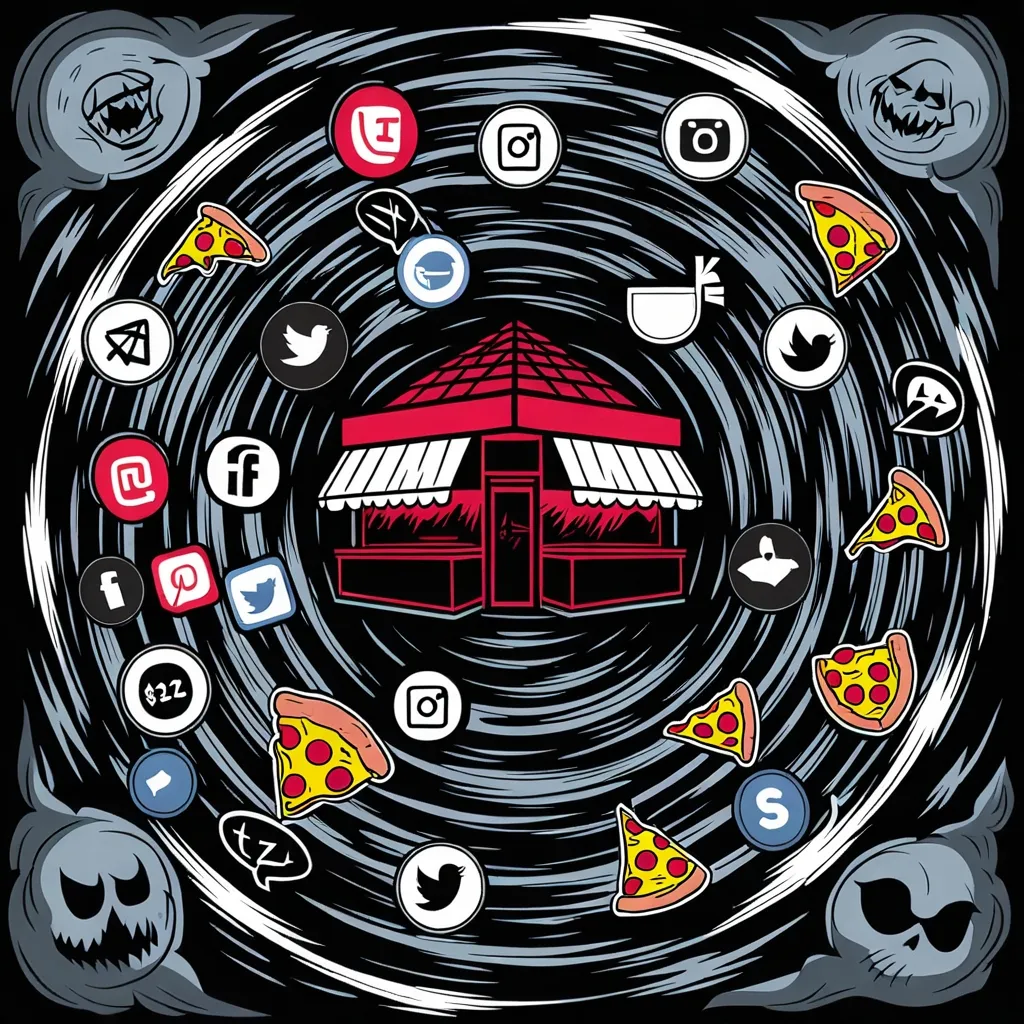Media shapes our decisions in ways that often pass unnoticed. I find myself thinking about all the subtle signals that hit us each time we swipe through posts, watch movies, or even listen to music. It’s rarely what’s out there in the open—we’re nudged by much quieter forces. This is the power of subliminal messaging: signals that influence us below our awareness, shaping what we buy, how we vote, and even what we feel.
Consider how logos appear in films or how certain tunes always play during store sales. These details aren’t picked randomly. What’s surprising is how often brands and even governments have relied on these methods. Back in the 1950s, an experiment claimed that flashing “Drink Coca-Cola” and “Eat Popcorn” in a cinema led to bigger snack sales. While this specific test was later discredited, the theory caught fire. That’s the kind of story that makes me wonder: Are our choices ever truly our own?
Here’s something almost eerie. Subliminal signals work by slipping ideas past our conscious guard. Instead of direct persuasion, they seed memories and associations by repeating certain colors, shapes, or sounds. You might see a color palette on an advertisement and, weeks later, feel drawn to buy a product using those same shades. Even if you don’t remember seeing the ad, your decision isn’t random.
“Whoever controls the media, controls the mind.” — Jim Morrison
The science behind these hidden messages is fascinating. In experiments, researchers show that even flashes of images lasting just a fraction of a second can change people’s emotions and decisions. The brain recognizes patterns before the conscious mind does. This means a series of quick, positive images embedded in a commercial can tip your mood in favor of whatever’s being sold—even if you don’t notice a single frame.
Are we really so susceptible? It depends. Some argue that our brains filter most subconscious cues, but studies show that repeated exposure can have a longer-term effect. If you repeatedly see certain words or images, even subliminally, your brain can start to link them with certain feelings or actions. This isn’t mind control, but it’s far from harmless.
Imagine sitting in a cinema, enjoying a film. You’re focused on the story, the action, the dialogue. But what about the background? Directors and advertisers slyly insert imagery—sometimes as simple as products or brands, other times as more complex symbols—that aim to steer you toward certain beliefs or desires.
It’s not just pictures. Sounds play a huge role too. Frequencies and musical cues have been used for decades, consciously and unconsciously, to stir emotions. Political advertisements often use music reminiscent of national anthems or family holidays, stirring up trust or nostalgia. There are rumors—some based in fact, others not—that certain frequencies can make people feel more anxious or relaxed, ready to take action or calm down. If you hear patriotic music behind a politician’s speech, ask yourself: Is it the words moving you, or the melody?
Social media takes this to another level. Algorithms don’t just show us what’s trending—they learn to serve us content that keeps us clicking, swiping, or scrolling. The more we interact, the more finely tuned those algorithms become. It’s a feedback loop, shaping our moods, beliefs, and attention spans in ways that feel almost automatic. Are you browsing by choice—or by design?
“If everybody is thinking alike, then somebody isn’t thinking.” — George S. Patton
Sometimes, I question whether we are as free as we hope in our digital age. The idea that platforms can steer whole populations—as seen in recent political campaigns—makes me pause. It’s not necessarily about direct manipulation, but about limiting the choices we notice, shaping the options on the menu. We see what they want us to see, think what they want us to think, often never realizing the underlying cues.
Ethical questions tumble in quickly. Should brands and governments be allowed to influence us without our consent? At what point does persuasion become manipulation? Advertising is one thing, but when hidden messages tilt voting or public opinion, the line blurs. Some experts argue for regulation, but how do you ban what you can barely notice?
I often wonder what we’d discover if we paused long enough to look for the signals hiding in plain sight. For example, have you ever noticed recurring symbols or colors in political ads that seem to echo campaign themes? Did a certain movie soundtrack leave you feeling inexplicably optimistic or nervous? These effects aren’t accidental—they’re crafted by designers with a keen sense of psychology. You can imagine a team mapping out every frame, color, and sound for maximum influence.
The Cold War era brings up even more startling facts. Both Soviet and American governments invested in psychological manipulation, not just with propaganda but with experiments in sound, images, and mass media. Some operations used coded messaging in broadcasts, hoping to stir action or calm fear. While not all were successful, the drive to shape public behaviors without explicit awareness remains strong even today.
“We become what we behold. We shape our tools and then our tools shape us.” — Marshall McLuhan
Music is a powerful example. Certain genres and song structures are used in commercials and radio not just for entertainment, but to create associations with freedom, power, or urgency. Even the tempo matters. Fast-paced music can make food taste spicier, while slow music might make shoppers linger and buy more. Have you noticed whether you shop faster when upbeat songs play?
There are also stories of “hidden tracks” in songs, where messages or themes are baked into the background, audible only to those listening closely. Whether it’s a marketing ploy or an artistic statement, the result is often the same—a subtle nudge that you may not put your finger on, but that shapes your experience nonetheless.
Films have their own toolbox. Product placement is just the tip of the iceberg. Storylines, visual motifs, and even lighting can embed signals about what’s desirable, who to trust, and how to feel about certain topics. Have you ever left a movie theater feeling particularly sympathetic towards a brand, or suddenly craving a drink shown on screen? That’s not coincidence.
When I think about all these techniques, I’m reminded how media rarely aims simply to inform or entertain. There’s always a goal—a shift in attitude, a change in behavior, a sale, a vote. If anything, media aims to guide rather than just reflect.
Here’s a challenge: Next time you’re exposed to something—be it a commercial, a song, or a social media feed—ask yourself what signals might be operating below the surface. What colors, sounds, or patterns appear again and again? What feelings do you get without knowing where they come from?
Of course, not every subliminal influence is nefarious. Sometimes, it’s simply about creating atmosphere—think beautiful photography in travel ads, comforting sounds in wellness promotions. But the difference between positive persuasion and covert manipulation is slim and deserves scrutiny.
Would you feel differently about your decisions if you knew what shaped them? Transparency is the ideal, but with technology advancing and data collection growing, the methods of influence are getting smarter. Social media platforms, trackers, and algorithms can tailor messages with pinpoint accuracy. It’s not just about reaching your eyes or ears—it’s about influencing your entire mindset.
“We are what we repeatedly do. Excellence, then, is not an act, but a habit.” — Aristotle
Ultimately, the presence of subliminal signals demands vigilance. We might not be able to avoid every subtle nudge, but we can become better at spotting patterns and asking questions. When you recognize a sudden craving, an instant dislike, or a change in attitude, pause and consider if a signal reached you without warning.
As we navigate this media landscape, we should prize awareness and skepticism. By questioning more, we allow ourselves to make decisions with intent rather than by well-crafted design. In a world awash with subtle signals, the best defense is curiosity.
How much of your day, I wonder, is shaped by signals you didn’t notice?






